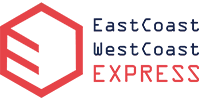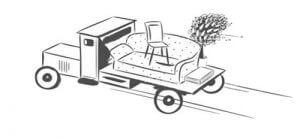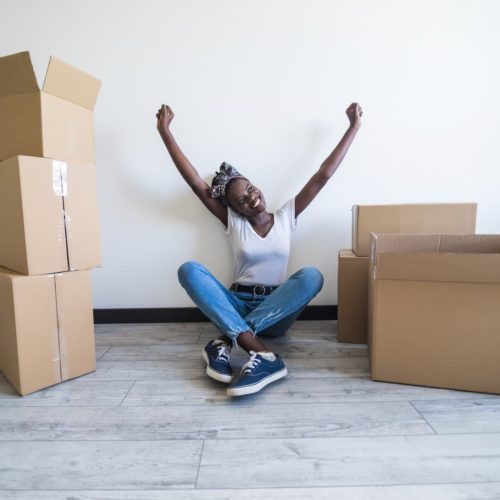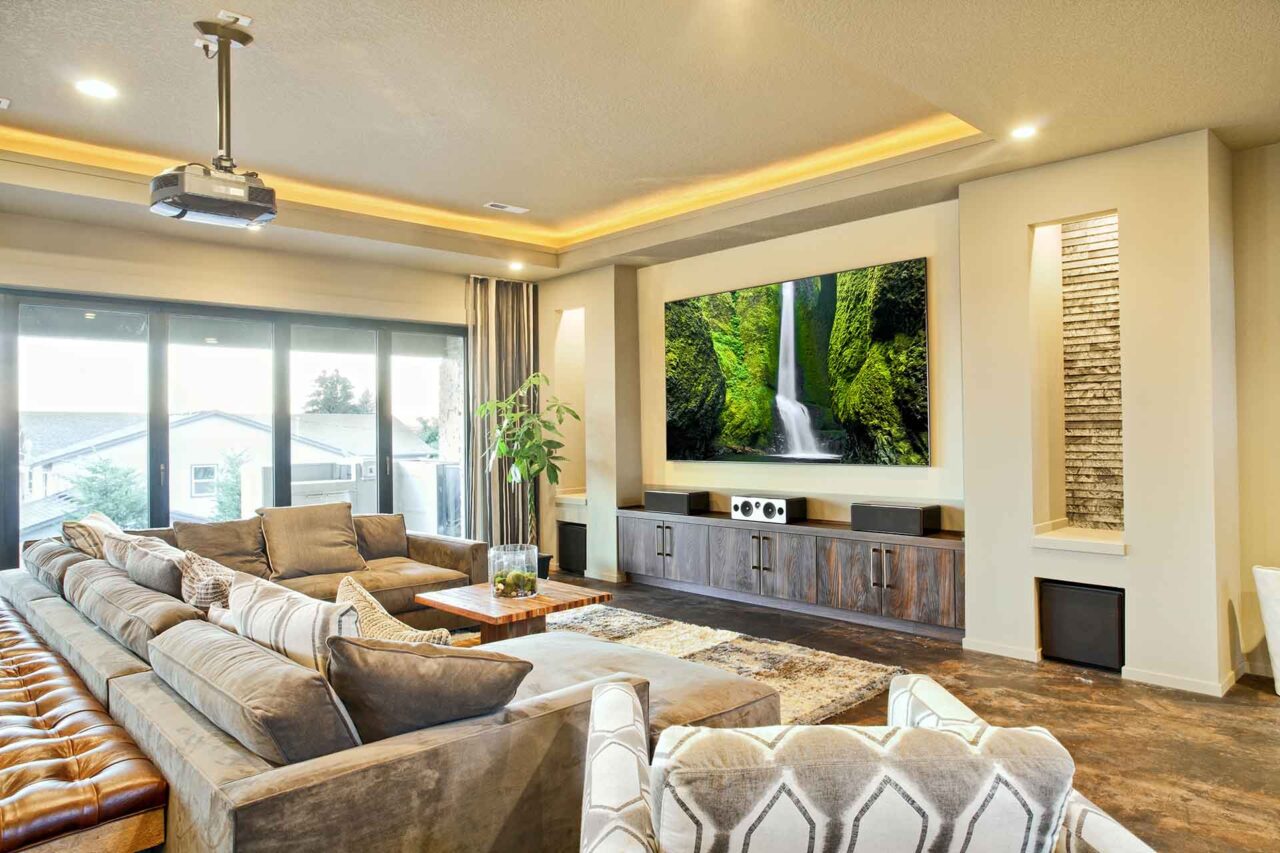

As you prepare for moving day, don’t let your home theater system become a casualty of the journey. With nearly 40% of US households investing in home cinema systems, these valuable setups deserve extra care. This guide on how to pack home theater equipment will walk you through practical, foolproof steps to protect your speakers, screens, and cables so everything arrives in perfect condition. Whether you’re a movie buff or a music lover, here’s how to safeguard your tech investment.
Why Proper Packing Matters for Home Theater Equipment
When it comes to moving, your home theater equipment is among the most fragile and valuable items in your home. Televisions, speakers, projectors, and other components are not only costly but also highly sensitive to bumps, drops, and even minor shifts during transit. A single crack or bent connector can disrupt your entire setup, leading to expensive repairs or replacements.
Beyond protecting your investment, there are also safety concerns to consider. Damaged electronics can pose fire hazards, and broken wiring or exposed components can lead to short circuits. Preventing these risks starts with proper packing to ensure everything remains intact and safe on the journey to your new home.
While DIY packing may seem cost-effective, professional movers bring the right tools and expertise to handle delicate items like home theater equipment. They can provide specialized packing materials and secure loading techniques, giving you peace of mind that your equipment will arrive in pristine condition and ready to use.
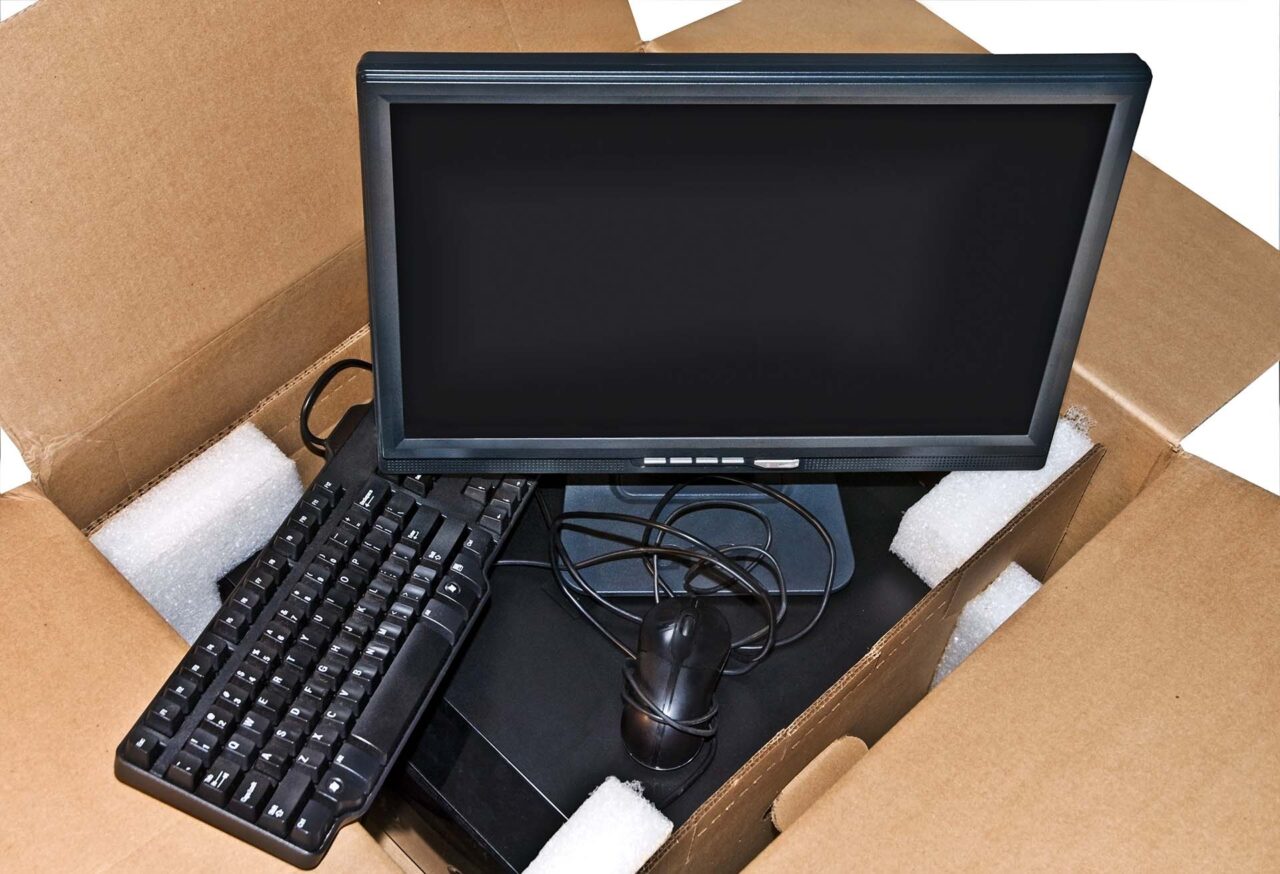 Handling delicate items takes time and the right equipment
Handling delicate items takes time and the right equipment
Before Anything Else, Get Packing Supplies
Did you know that home theater, on average (with everything included), can cost anywhere between $10,000 and $50,000? To protect your home theater equipment during a move, having the right packing materials is essential. Here’s a list of recommended supplies that will help keep your electronics safe:
- Bubble Wrap – Provides cushioning for delicate items, absorbing shocks and preventing scratches.
- Anti-Static Foam – Essential for electronic components, as it prevents static buildup that can damage sensitive parts.
- Packing Paper – Ideal for wrapping screens and adding extra padding to prevent scratches.
- Sturdy Boxes – Use appropriately sized, reinforced boxes to hold and protect heavier equipment securely.
- Cable Ties – Keep cables organized and untangled, making setup easier at your new home.
- Labels – Mark each box with its contents and “Fragile” to ensure careful handling.
With these supplies, you’ll be well-equipped to pack your home theater safely and efficiently.
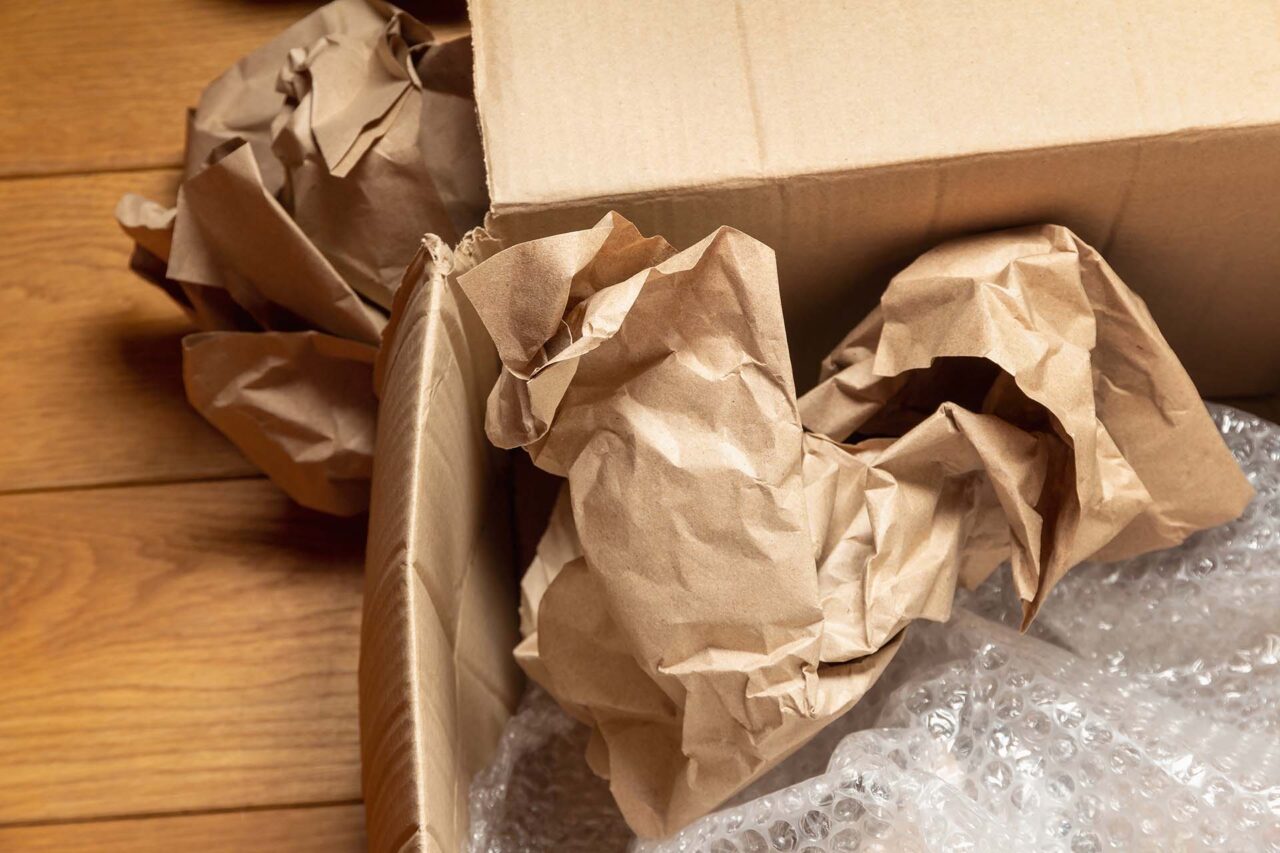 Don't forget that you'll need a lot of packing supplies
Don't forget that you'll need a lot of packing supplies
Step-By-Step Guide on How to Pack Home Theater Equipment
Packing your home theater equipment may seem overwhelming, but with the right steps, you can protect each item and ensure it arrives safely. Follow this detailed, step-by-step guide to carefully pack everything from TVs to projectors. Taking time to organize and secure each piece will save you hassle and prevent costly repairs down the line.
Packing Your TV
Your television is often the centerpiece of your home theater and one of the most fragile items to transport. Protecting the screen and internal components is essential to avoid costly repairs or replacements.
- Step 1: Unplug, clean, and prepare for packing. Ensure your TV is unplugged well in advance of moving to discharge any residual electricity.
- Step 2: Use the original box if you still have it, as it’s designed for a secure fit. If not, find a box close in size and strength.
- Step 3: Wrap the screen in a soft, non-abrasive cloth to prevent scratches, then add anti-static bubble wrap around the entire unit and secure it in the box with extra padding.
Packing Speakers and Sound Systems
Speakers and sound systems contain delicate components that are sensitive to impacts, especially if they have exposed parts like cones or tweeters. Packing each speaker separately and securing cables is crucial for safe transit.
- Step 1: Disconnect all wires and cables, labeling them for easy reassembly in your new home.
- Step 2: Wrap each speaker individually in bubble wrap or a soft cloth, and avoid stacking them to prevent damage from shifting weight.
- Step 3: Place additional padding between speakers in the box and ensure a snug fit to prevent any movement during the journey.
Packing Blu-ray Players, Gaming Consoles, and Other Components
Blu-ray players, gaming consoles, and similar components are sensitive to jostling and can be prone to internal damage if not packed correctly. Keeping them organized and cushioned will help maintain their condition during the move.
- Step 1: Power down and unplug each device to avoid potential damage.
- Step 2: Wrap each component in anti-static material to prevent static discharge, which can damage electronic parts.
- Step 3: Pack each item with ample padding in a labeled box to keep contents secure and organized for unpacking.
Managing Cables and Remote Controls
Unpacking and reassembling home theater equipment can be frustrating if cables and remotes are disorganized. Properly securing these accessories now will save you significant time and effort during setup in your new home.
- Step 1: Group and label all cables according to their respective components to prevent confusion later.
- Step 2: Use cable ties or Velcro strips to neatly wrap and organize each cable, keeping everything tangle-free.
- Step 3: Place all cables, remotes, and instruction manuals in a clearly labeled box or bag designated as “Accessories” for easy access.
Special Considerations for Projectors and Screens
Projectors and screens require special care due to their sensitive optics and surfaces. With the right handling, you can ensure they arrive in excellent condition.
- Projectors: The lens is particularly vulnerable, so be sure to use extra padding to avoid impacts that could damage it. Secure the projector in a padded box.
- Screens: If possible, roll projector screens gently and cover them with a soft cloth or fabric to avoid scratches or dents.
Moving Day Tips for Safe Transport
To ensure your home theater equipment arrives in perfect condition, a few final preparations and careful placement can make all the difference. Before loading everything into the vehicle, double-check that each box is securely taped and marked as “Fragile.” Ensuring boxes are properly sealed helps prevent any accidental opening during transport, and clear labels signal to handlers that these items require extra care. A quick inspection at this stage can save you from discovering costly damage after the move.
When loading your home theater equipment, place each box in a stable and secure spot within the moving vehicle. Avoid stacking heavy items on top of these boxes, and try to place them against a solid surface to prevent shifting. For sensitive items like TVs and speakers, keep them upright and cushioned with blankets or padding around the edges. Proper placement helps prevent bumps or jostling that could damage your equipment.
Professional Long Distance Movers Have Expertise in Handling Delicate Equipment
Hiring professional cross-country movers can give you peace of mind, as they have the expertise to handle fragile, high-value items like home theater equipment. A professional long-distance moving company has a team of movers who are skilled in securing these items properly and ensuring that boxes are loaded in a way that minimizes movement during transport. This attention to detail can prevent shifting, reducing the risk of any accidental damage along the way.
For example, when you hire East Coast West Coast Movers, you get a great partner for your cross-country relocation. Our team of east coast movers can handle all kinds of tasks. From our long-distance moving services to professional packing assistance, we got you covered. No matter what you need, we can help you. On top of the basic moving assistance, throw auto shipping service and even top-notch storage facilities into the mix.
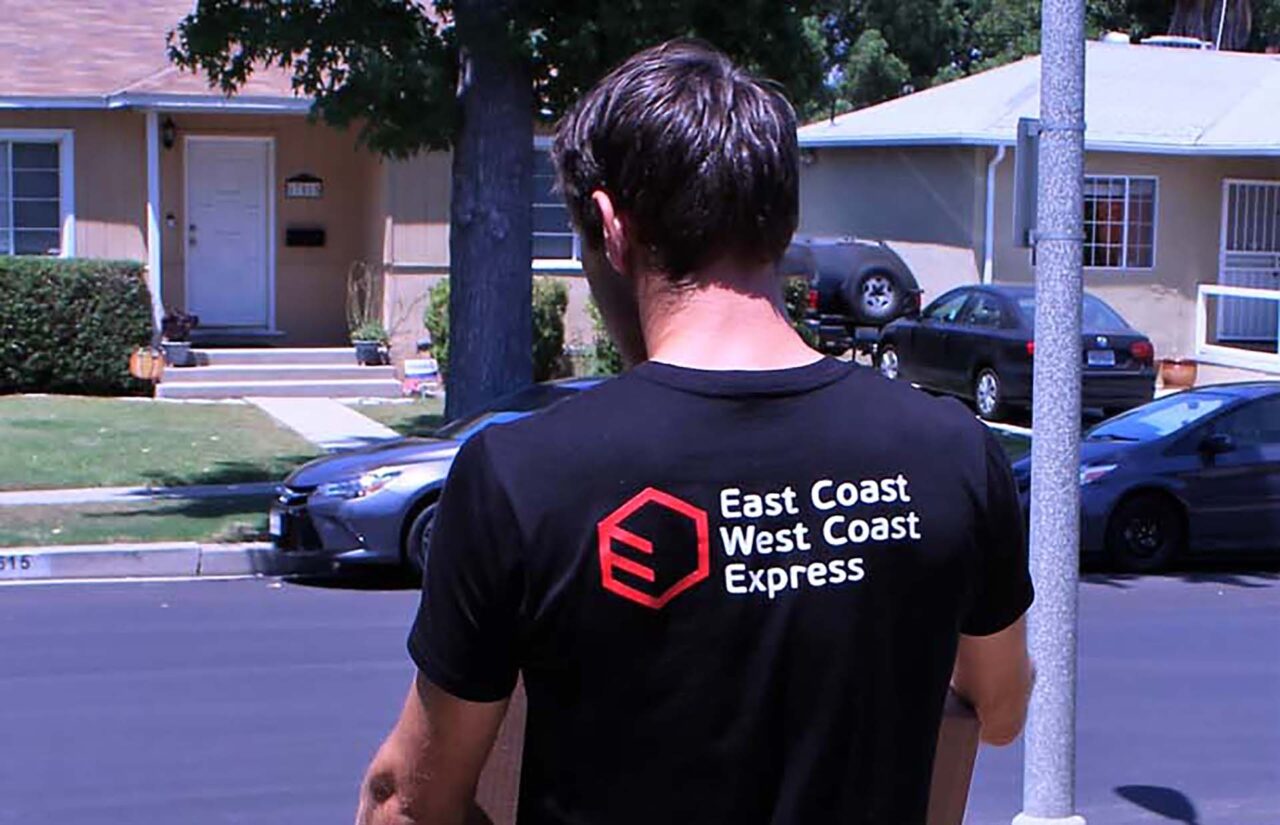 East Coast West Coast Movers are just the right partner for you
East Coast West Coast Movers are just the right partner for you
Unpacking and Setting Up Your Home Theater Equipment
After a successful move, unpacking and setting up your home theater equipment requires careful handling to ensure everything works as intended. Start by opening each box carefully, avoiding sharp objects that could damage components inside. As you unpack, inspect each piece for any signs of damage, such as cracked screens, loose cables, or scratched surfaces. Once everything is confirmed to be in good condition, begin reconnecting each component according to your labels. Following your organized setup plan will make reassembling the system quicker and stress-free.
For added convenience, consider that many moving companies offer unpacking and setup assistance. These services can be invaluable, ensuring that your equipment is properly placed and connected so it’s ready to go in your new home. Professional setup can save you time and help guarantee that all equipment is functioning optimally, letting you enjoy your home theater as soon as possible.
 Hire help if you want to have your system ready in no time
Hire help if you want to have your system ready in no time
Protecting Your Home Theater with Expert Care
Packing and moving home theater equipment requires thoughtful preparation and the right techniques to ensure each component arrives intact. By carefully packing each item, using proper materials, and organizing cables, you can avoid costly repairs and keep your equipment in top shape. If you want added peace of mind, consider reaching out to professional long-distance movers.
That’s where calling East Coast West Coast Movers is the best choice. Our team can offer you comprehensive cross-country moving services, and you won’t have to lift a finger while we are handling all the packing and loading. Book your move today, and enjoy the relocation without a fuss.

